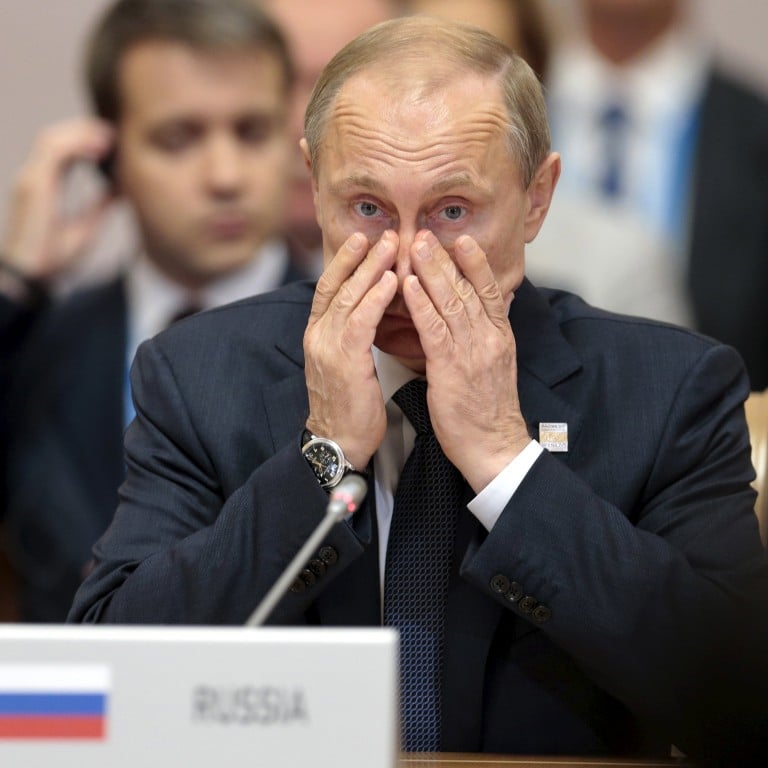
Jury out on wisdom of cutting rates in emerging markets
On Tuesday, Indonesia’s central bank decided to leave its benchmark interest rate unchanged at 7.5 per cent - the fifth consecutive month in which the country’s borrowing costs were kept on hold following an unexpected 25 basis point cut in rates in February.
Other emerging market (EM) central banks, however, have been much more active of late.
Many of them are loosening monetary policy in the face of an anticipated rise in US interest rates later this year which, together with China’s volatile equity market and persistent concerns about Greece, have been putting EM assets under strain.
The latest major EM central bank to lower rates was China’s which trimmed its main 1-year lending rate to 4.85 per cent on June 27 - the fourth rate cut since November - as part of a raft of emergency measures designed to prop up the country’s plunging stock market in which a staggering US$3 trillion was wiped off the value of shares in the space of just three weeks.
This followed further cuts in rates in Hungary, Russia and South Korea last month. While Hungary’s central bank has been battling deflation, Russia and South Korea face severe economic downturns. Russia’s economy is expected to shrink more than 3 per cent this year, exacerbated by the effects of punitive sanctions imposed by Western governments over the conflict in Ukraine, while South Korea is contending with the economic fallout from the spread of Middle East Respiratory Syndrome (MERS).
Other EM central banks, including Thailand’s and India’s, have also loosened monetary policy in recent months, either because of sharp oil-driven declines in inflation or weak growth.
The question is whether it is prudent for EM central banks to be cutting rates - in some cases aggressively - given the increasing fragility of market sentiment towards developing economies and persistent concerns about the fallout from a rise in benchmark US rates (the first increase in nine years) which could be as little as two months away.
The answer to this question depends on the country’s sensitivity to both a strengthening dollar and an increase in US Treasury yields (associated with higher rates) and, crucially, the credibility of the nation’s policy regime.
India’s central bank, headed by the highly regarded Raghuram Rajan, enjoys significant inflation-fighting credibility and has an inflation rate that has fallen to 5 per cent - three percentage points below the central bank’s target.
Russia, on the other hand, has been cutting rates aggressively this year despite suffering from an inflation rate that is still 10 percentage points above target. Its currency, moreover, has already lost 16 per cent against the dollar since mid-May and is set to fall further because of the prospect of a new burst of supply in the oil market stemming from this week’s historic deal over Iran’s nuclear programme that will result in a gradual lifting of sanctions on the country.
Other EM central banks have little choice but to cut rates if they want to maintain price stability.
In South Korea, Thailand and Hungary, headline inflation rates are either negative or just above zero. Thailand’s economy barely grew in the first quarter of this year, having expanded by a meagre 0.7 per cent last year.
Still, divergence is the watchword for EM monetary policy - even among some of the most vulnerable developing economies which face similar problems.
Both Brazil and Russia are experiencing contractions in economic output and high inflation rates. Yet while Brazil is raising rates aggressively, Russia is cutting them sharply. Brazil’s benchmark rate now stands just below 14 per cent while Russia’s, which was at 17 per cent as recently as December, stands at 11.5 per cent. Indeed markets are pricing in further cuts in Russian rates and higher borrowing costs in Brazil in the coming months.
The question is whether Russia is taking a bigger risk in slashing rates given the extreme volatility of the rouble, the country’s currency, or whether Brazil’s central bank is tightening policy too aggressively given its severe economic downturn.
This dilemma is a microcosm of the challenges now confronting many EMs.
Caught between the Scylla of fragile investor sentiment and the Charybdis of a sharp deterioration in the growth outlook, the policy response of EM central banks differs significantly depending on the country.
One country to watch in the coming months is Turkey. Not only does the country’s central bank lack inflation-fighting credibility, the economy has slowed sharply of late.
How Turkey’s central bank manages these acute policy dilemmas will soon become a focal point for market concern.
Nicholas Spiro is managing director of Spiro Sovereign Strategy

